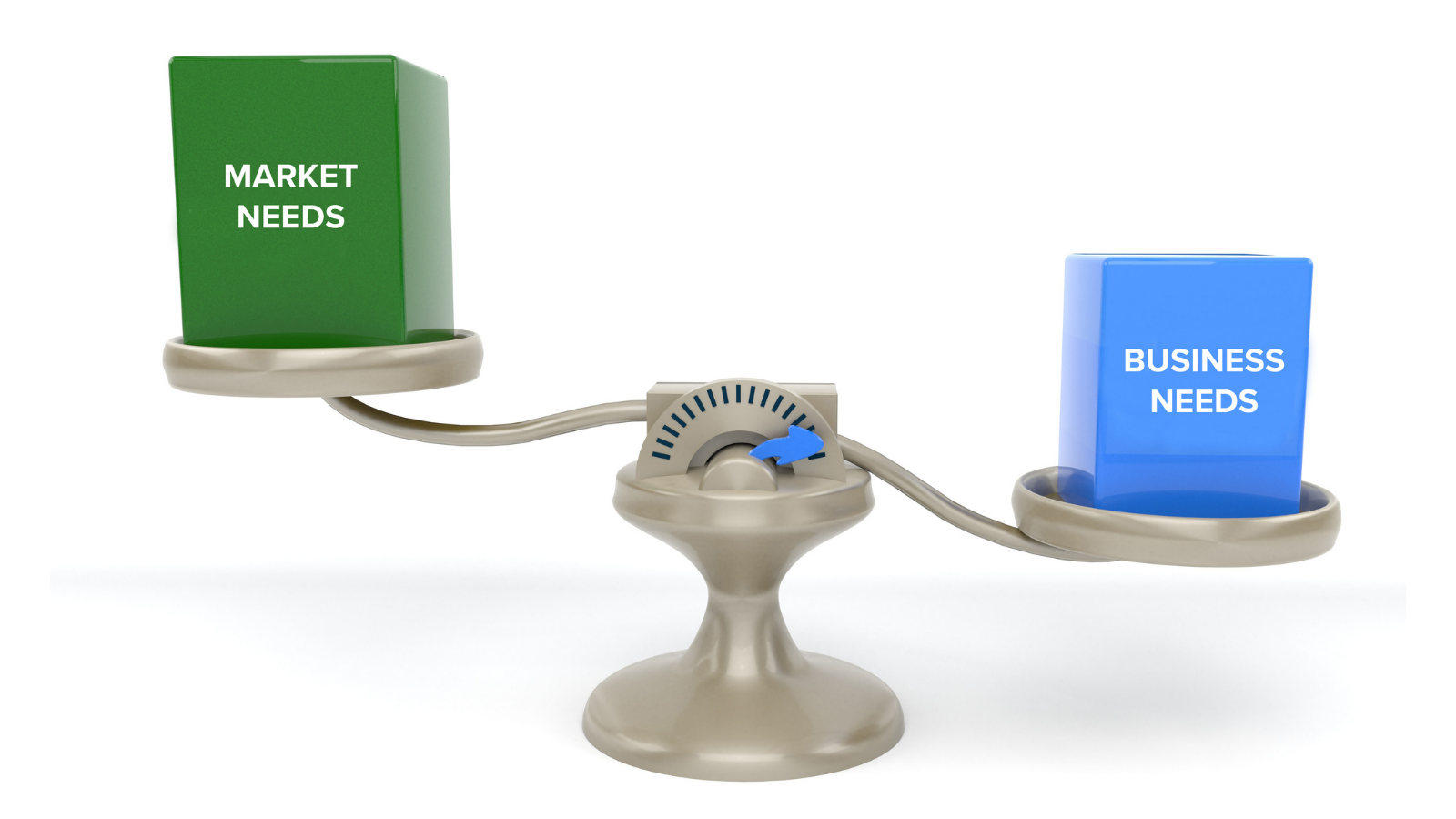The Basis Trader's Rules
I ran across this in my favorites folder the other day. I thought it a worthy reminder of how being successful in the grain elevator business is...

A good basis trader will spend an entire career refining his/her basis trading knowledge and skills. However, every principle of basis trading is contingent on working off of a balanced position devoid of futures price risk. Basis trading simply does not apply or translate if you are not hedged.
However, having positions in a futures account does not necessarily mean you are hedged. I’m not trying to write a riddle, but the concept of being hedged seems to get thrown about haphazardly at times. To be truly hedged you must have eliminated your price risk by having equal bushels owned (long) and sold (short) between the cash and/or futures markets. If these two sides of your balance sheet don’t matchup, you are not fully hedged. While this may make sense for a producer as they offset a portion of their risk at a time and are often not fully hedged, it is bad business practice in the elevator world.
At the elevator I always operated under a simple rule for when to hedge grain. Always. When I bought grain, I immediately sold futures and when I sold grain, I bought futures (by using futures exchange whenever possible). There are plenty of risks and unknowns that come along with running a grain elevator, futures price movement was not going to be one of them.
From time to time, I will hear an elevator say something like “we try to stay pretty much hedged”. As Yoda said in The Empire Strikes Back, “Do, or do not. There is no try.” If you are committed to being a price neutral basis trader, you will not be “pretty much hedged”. My colleagues and I at White Commercial work with commercial grain elevators around North America on all facets of basis trading, but all of the principles we use work off of the assumption that you are completely hedged. You cannot accurately track an average buy basis, understand your spread exposure or opportunities, or determine potential basis margin if you have bushels at price risk.
Every elevator should have a hedging policy that states how many bushels they are willing to have at price risk and how that will be monitored. It is important that it be part of someone’s daily routine to ensure that the elevator is indeed properly hedged. This allows you to find any possible mistakes quickly, so they can be corrected, hopefully before a market move can bite you.
Many companies will set their price risk threshold at 2500 bushels (half of a futures contract). This makes sense as you cannot be any more restrictive when hedging in 5000 bu increments. I understand the reluctance of many elevators (particularly large volume ones) to use mini (1000 bu) contracts as they tend to cost more to hedge, have less liquidity and may be more hassle than they are worth on high volume commodities. However, they have their place for commodities that are often bought infrequently or in smaller quantities and on purchases for deferred time periods. I have had multiple conversations discussing the value of using mini contracts as opposed to staying unhedged on a couple thousand bushels of new crop beans for a few weeks as the market drops.
The elevator’s success is closely tied to its ability to shift focus from futures prediction to basis trading skills. None of these skills will help, however, without a balanced position to remove futures price risk. Make it a priority at your elevator to always have a balanced position.

I ran across this in my favorites folder the other day. I thought it a worthy reminder of how being successful in the grain elevator business is...

At White Commercial, we have the privilege of working with over 250 grain elevator companies all over the US and Canada. We have identified specific...
 Read More
Read More